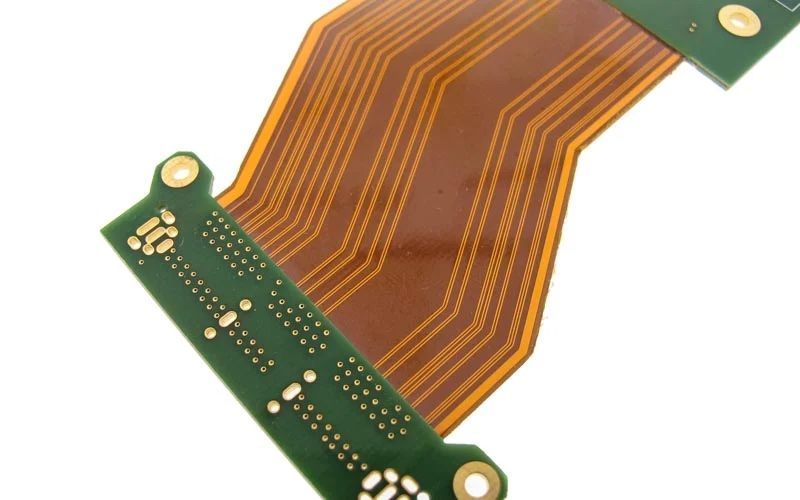

Today, we will explore several methods to reduce the production cost of rigid-flex PCB. The key to reducing the production cost of rigid-flex PCB lies in minimizing design costs. By making appropriate material choices and customization, it is possible to effectively reduce the number of layers, thickness, and overall cost, thereby further lowering the production cost of rigid-flex PCB. Some of the main considerations that affect PCB design costs include:
1. Minimize the overall number of layers: Reducing the number of layers in the design can decrease the number of prepreg layers required to bond the board layers together. Additionally, fewer layers can optimize manufacturing capabilities and improve production efficiency and yield, both of which contribute to lowering overall costs.
2. Limit the number of flexible layers: Flexible laminates are generally more expensive than rigid laminates. By limiting the number of flexible circuit layers, the overall cost of the circuit board can be effectively reduced. Flexible layers need to be built separately and then assembled with the final rigid-flex board, which also adds extra costs. Reducing the number of flexible circuit layers in the design can further lower overall costs.
3. Use rigid board laminates to achieve the desired thickness: If a specific overall thickness is required, it is recommended to use rigid board laminates instead of additional non-flowing prepreg or flexible laminates. Rigid laminates are the most cost-effective material choice.
In the next article, we will continue to discuss other methods to reduce the design cost of rigid-flex PCB.